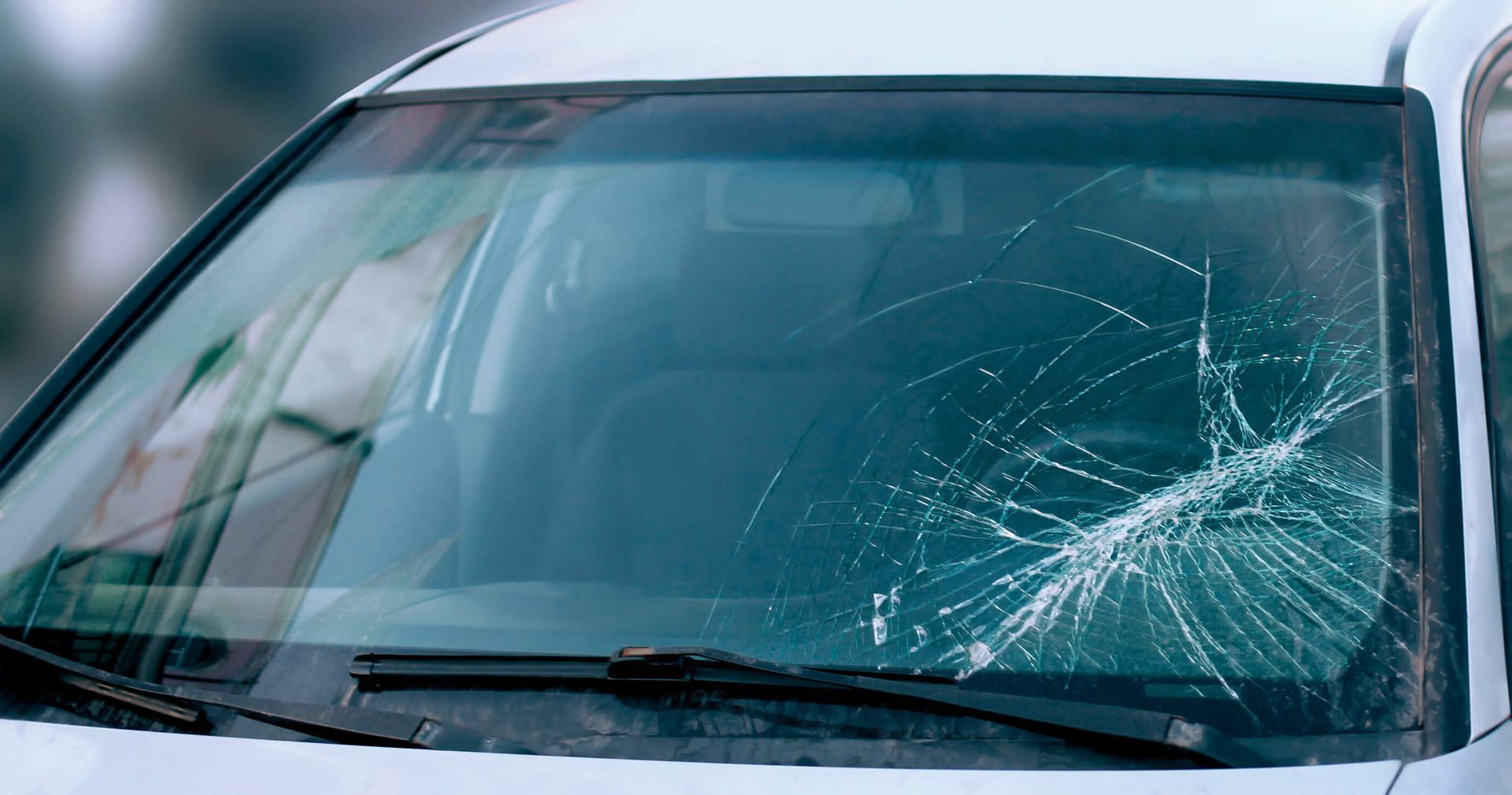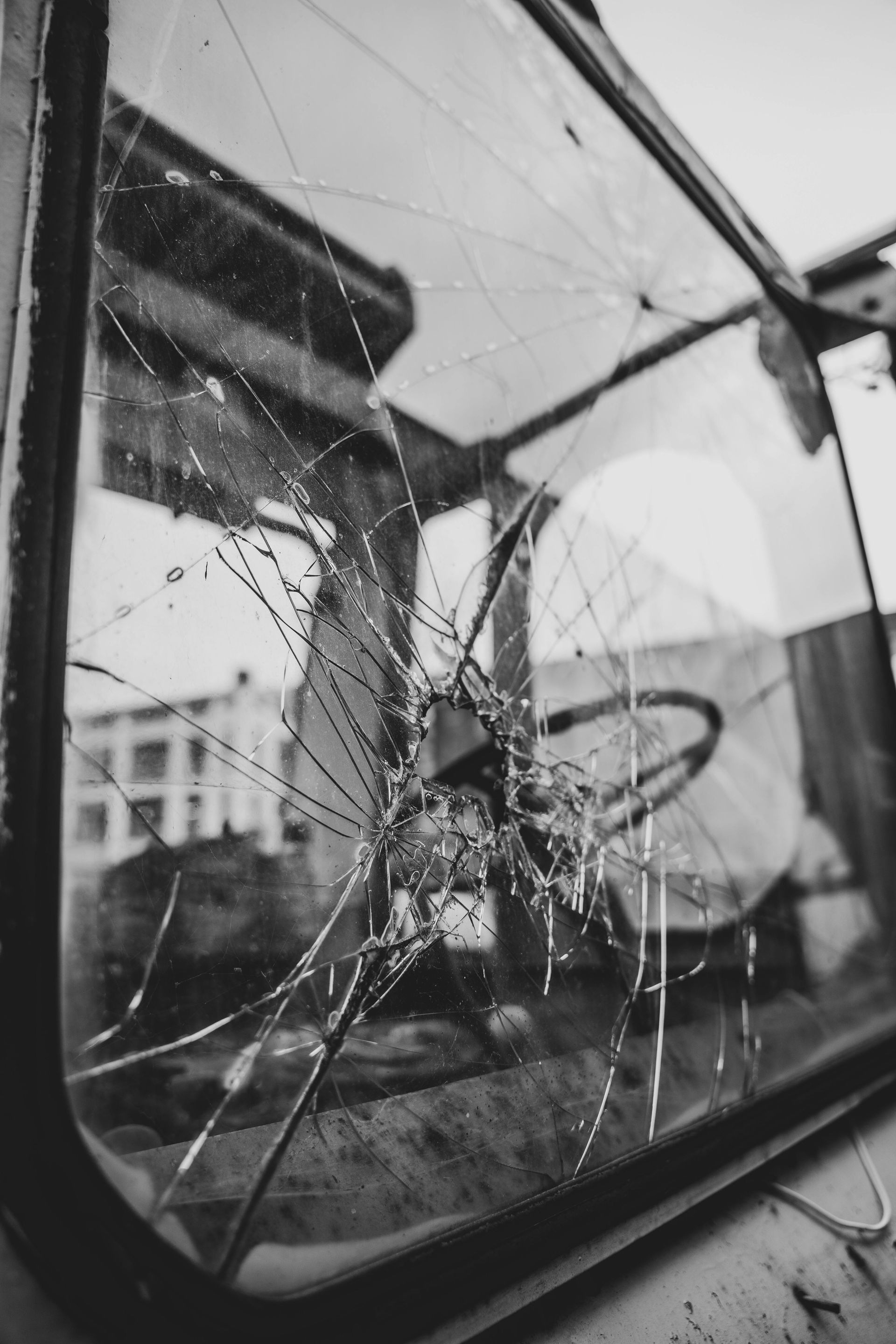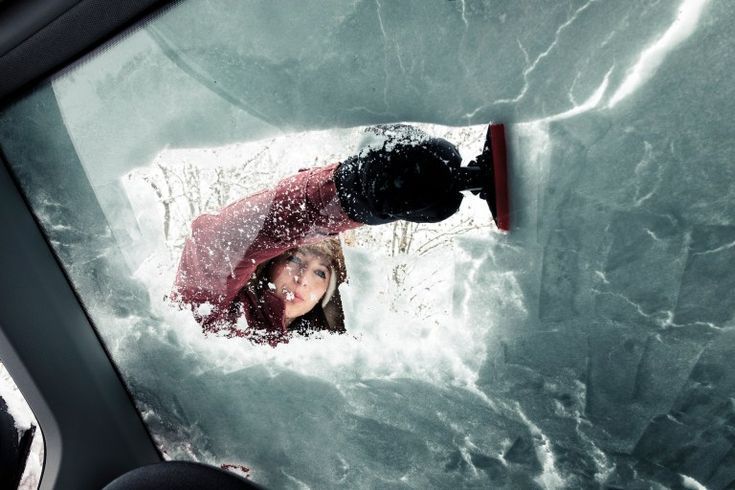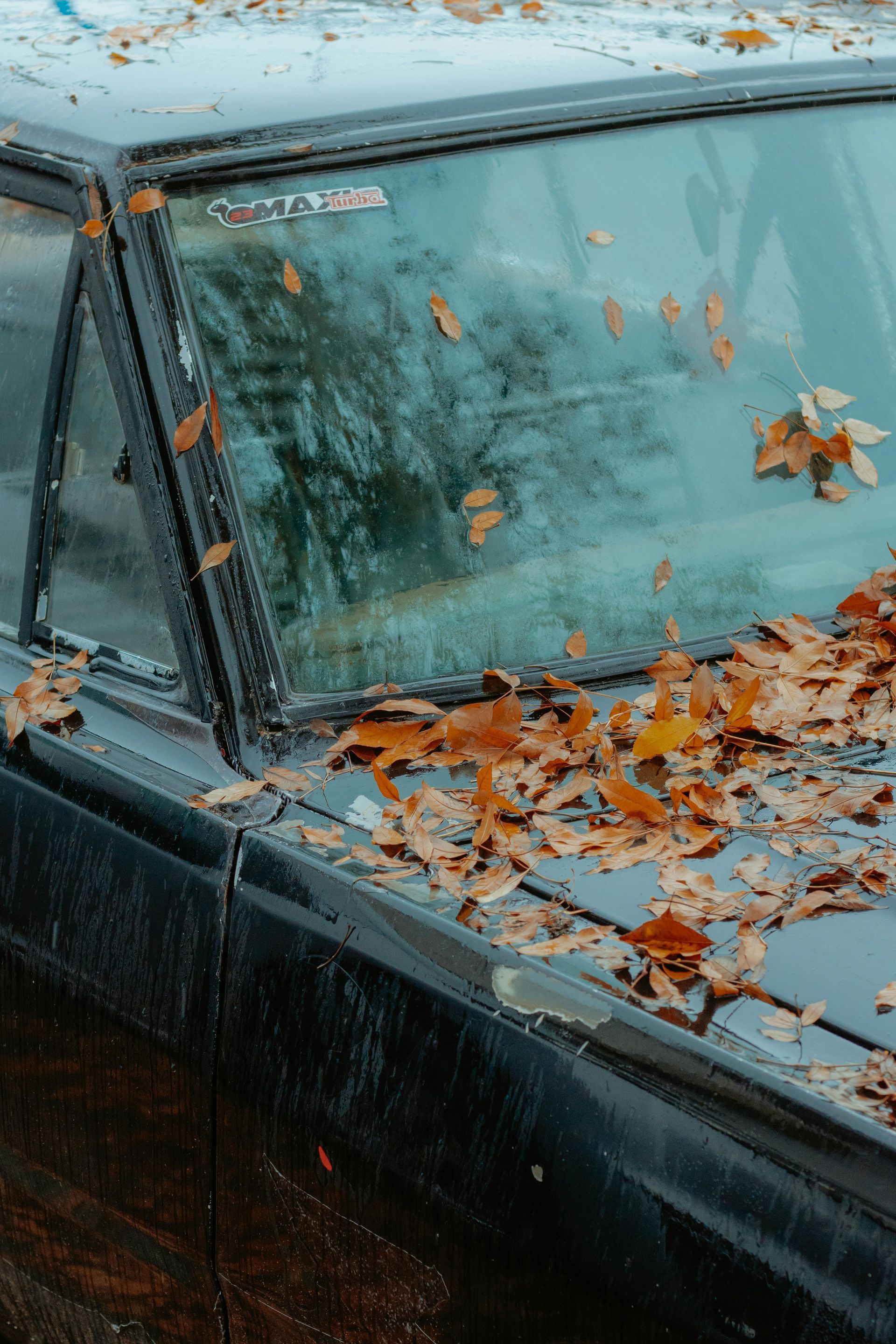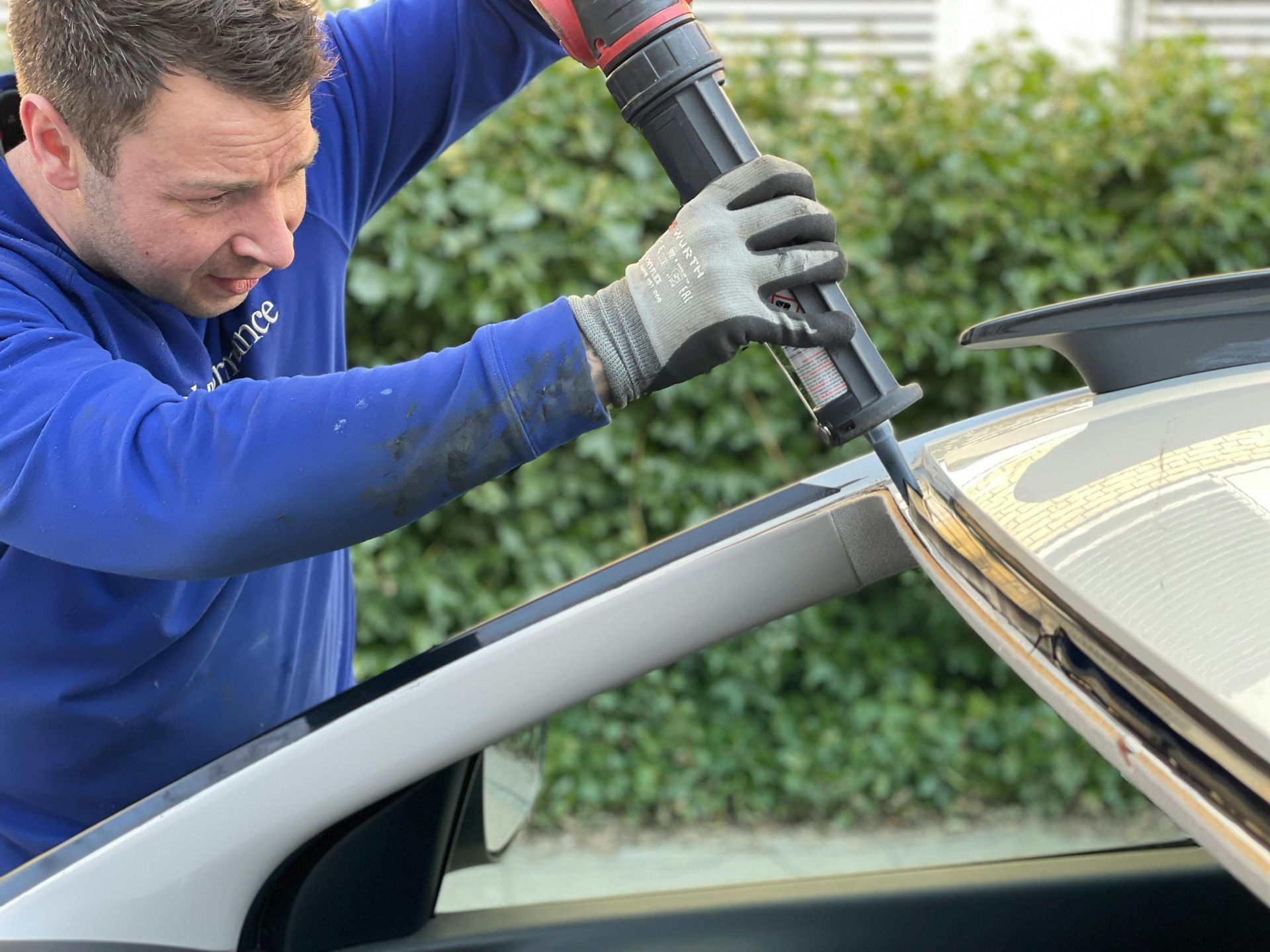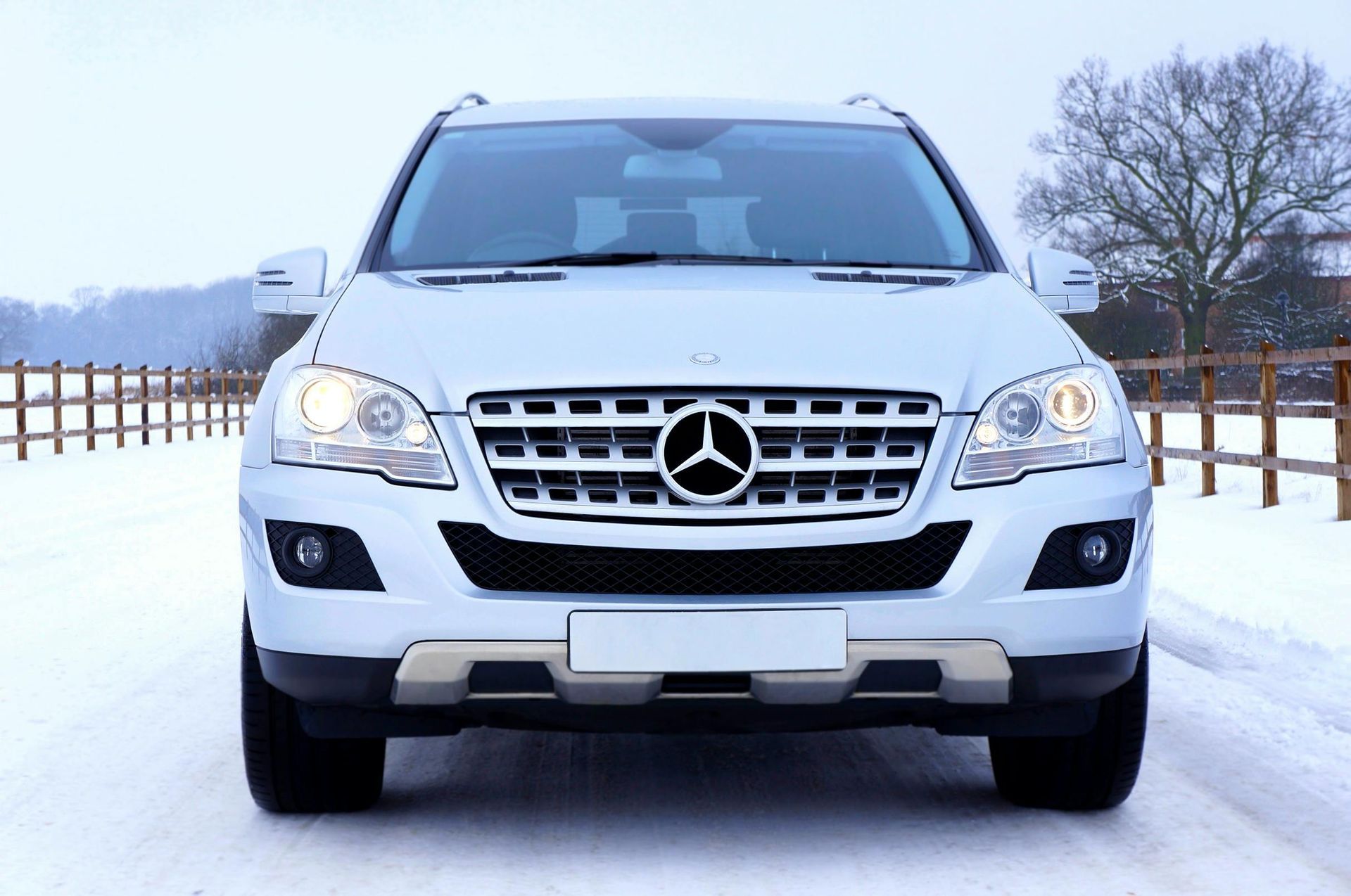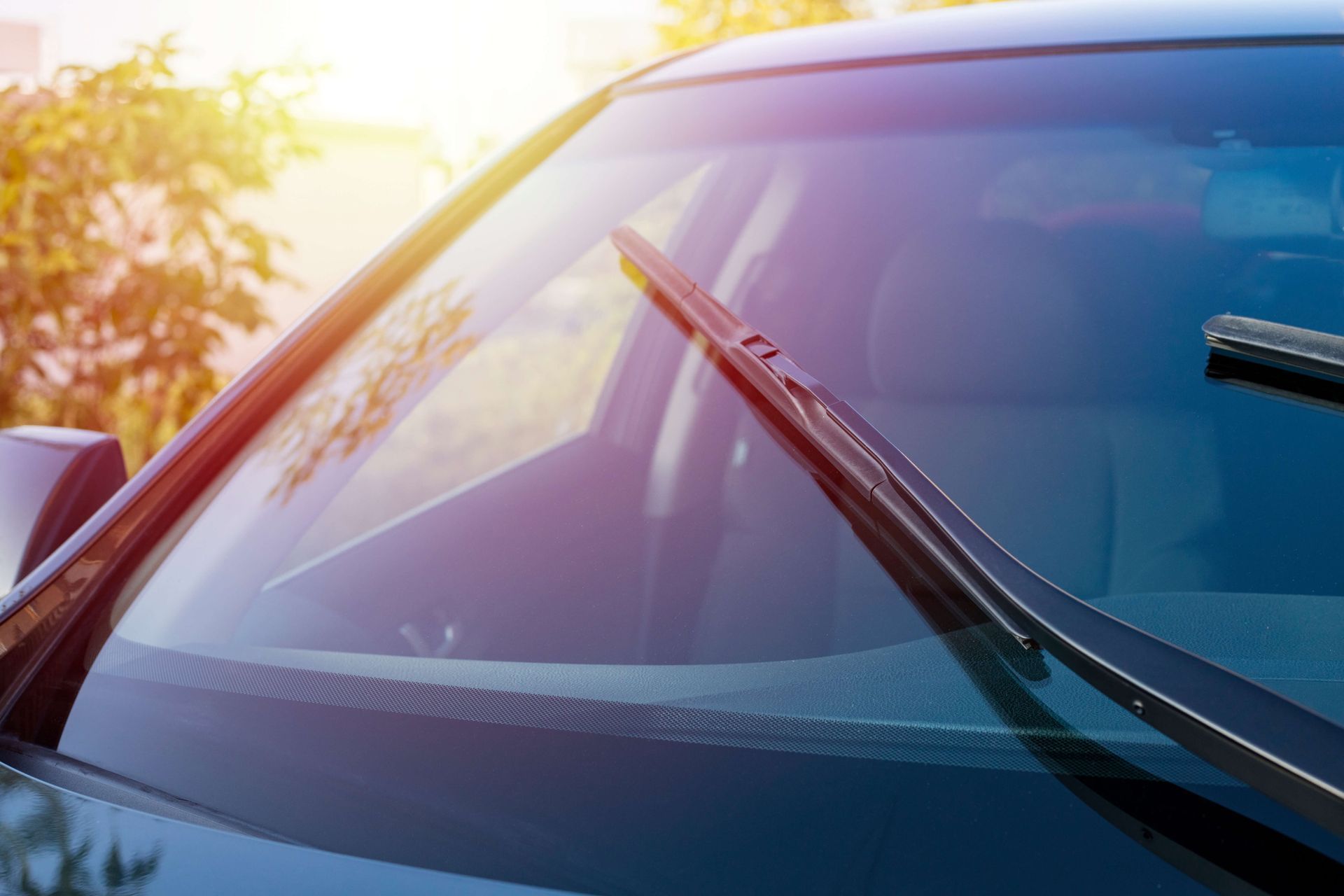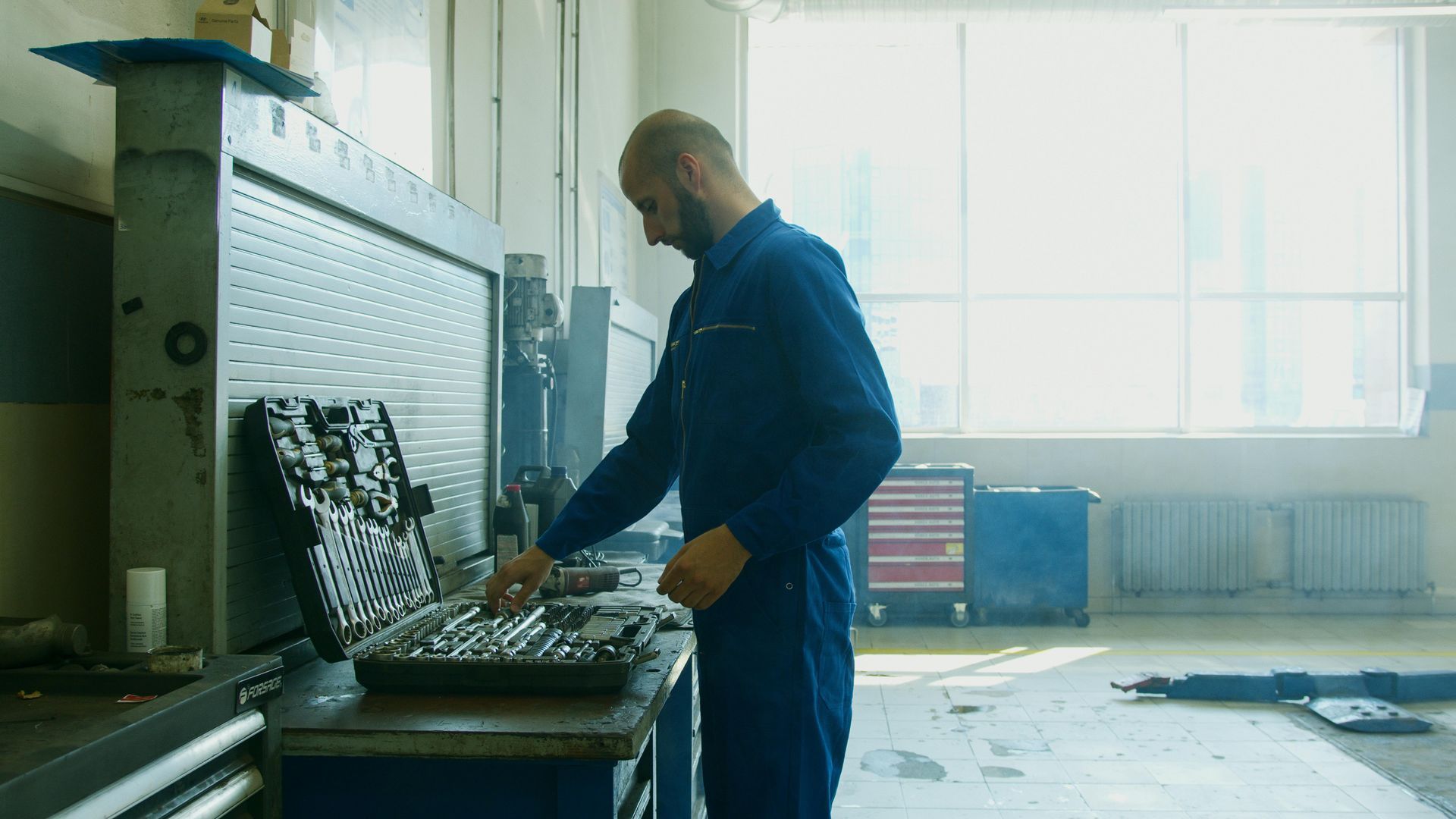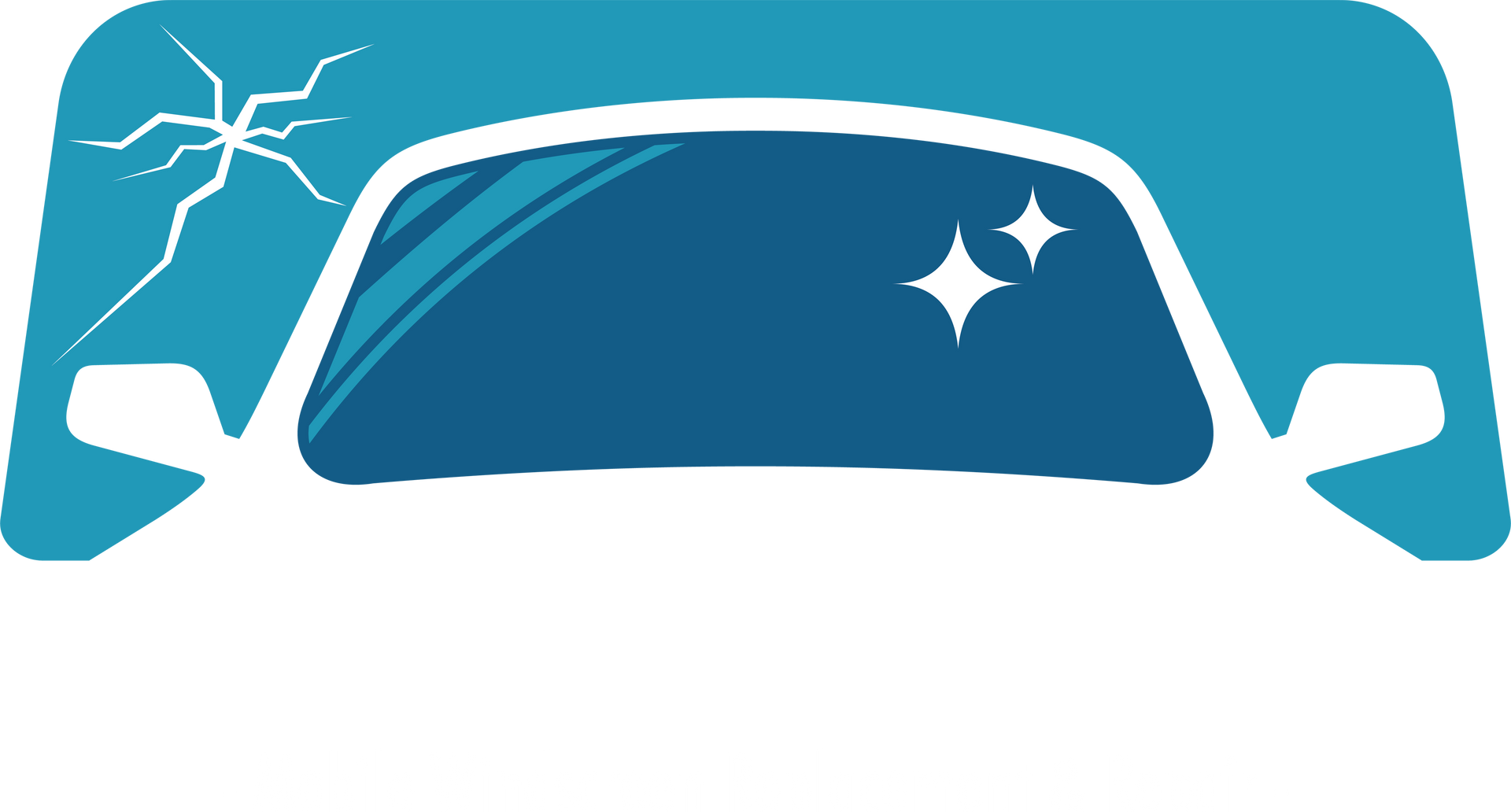What to Do When Animals Cross Your Path While Driving in Australia
Driving across Australia's diverse landscapes presents unique challenges that motorists worldwide rarely encounter. From the bustling streets of Sydney to the remote highways of the Outback, Australian drivers face one particularly unpredictable hazard: animals crossing the road. Whether it's a kangaroo bounding across a country highway, a domestic pet wandering into suburban traffic, or native birds swooping near your windscreen, these encounters can happen in split seconds and have serious consequences for both driver safety and vehicle integrity.
Animal-vehicle collisions represent a significant portion of road incidents across Australia, with thousands of cases reported annually. These accidents don't just pose immediate safety risks—they frequently result in extensive damage to windscreens, side windows, and other auto glass components. The financial impact can be substantial, but more importantly, compromised auto glass can leave you vulnerable in subsequent accidents or emergencies.
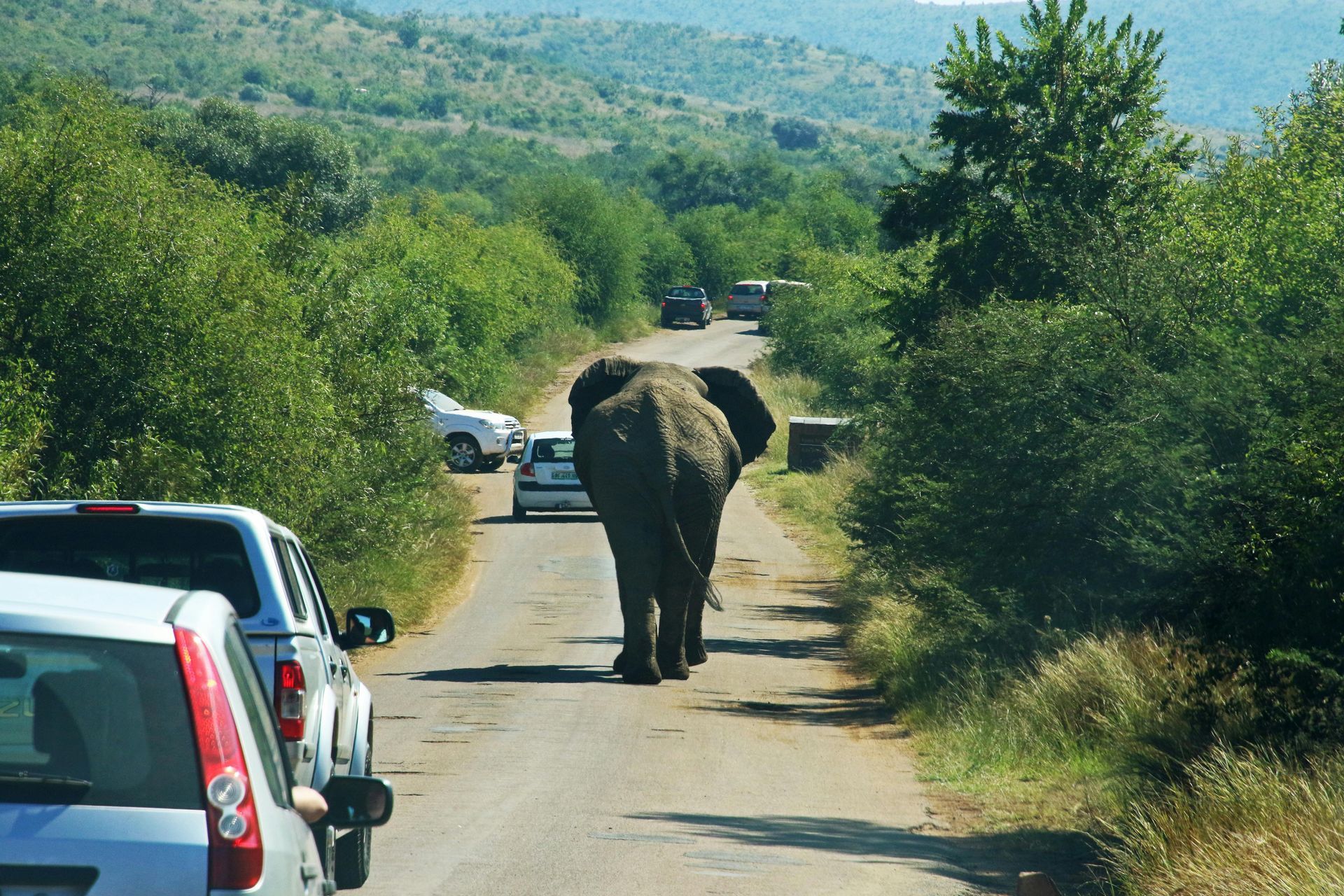
At The Hills AutoGlass, we've witnessed firsthand how animal encounters affect vehicle safety systems, particularly windscreen integrity. Understanding how to respond appropriately when faced with these situations, recognising the signs of glass damage, and taking prompt action for repairs can mean the difference between a minor inconvenience and a major safety hazard. This comprehensive guide will equip you with the knowledge needed to navigate these challenging situations whilst protecting yourself, your passengers, and your vehicle's structural integrity.
Immediate Response Strategies: What to Do When Animals Appear
When confronted with an animal on the roadway, your response in the first few seconds determines not only the outcome of the encounter but also the extent of potential damage to your vehicle's safety systems. Professional driving instructors and road safety experts consistently emphasise that counterintuitive responses often provide the safest outcomes, even when instinct suggests otherwise. Understanding these evidence-based response strategies can help you maintain control whilst minimising risks to both human safety and vehicle integrity, including crucial windscreen protection.
Avoid Swerving
The primary rule when encountering animals on the road is to avoid swerving whenever possible. Whilst this advice may seem counterintuitive, particularly when facing large animals like kangaroos, statistics consistently show that swerving manoeuvres result in more serious accidents than controlled collisions. Sharp steering inputs at highway speeds frequently lead to vehicle rollovers, which can cause catastrophic damage to windscreens, roof structures, and passenger safety systems. Instead, maintain your lane position whilst applying firm, steady pressure to the brake pedal, using both hands to keep the steering wheel stable and straight.
Send a WARNING!
If a collision appears unavoidable, focus on controlling your vehicle's trajectory and minimising impact speed rather than attempting last-second avoidance manoeuvres. Sound your horn loudly or flash your headlights briefly—many animals will respond to these warnings and move away from the road. However, avoid sustained honking or flashing lights, as this can confuse some animals and cause them to freeze in place. If you must make contact with the animal, aim for a glancing blow rather than a head-on collision, as this reduces the force transferred to your windscreen and other vehicle structures. Remember that windscreens can be repaired or replaced, but regaining control of a vehicle after a high-speed swerve or rollover may be impossible.
Understanding Animal Hazards on Australian Roads: Risks and Realities
Australia's unique ecosystem creates driving conditions unlike anywhere else in the world. The continent's diverse wildlife population, combined with expanding urban development and extensive road networks, increases the likelihood of animal encounters for drivers across all states and territories. These encounters pose multifaceted risks that extend far beyond the immediate danger of collision, affecting vehicle safety systems, insurance claims, and long-term driving confidence.
Large native animals like kangaroos, wallabies, and wombats present the most obvious hazards due to their size and unpredictable movement patterns. Kangaroos, in particular, are notorious for their tendency to bound directly into vehicle paths, often at speeds that make avoidance impossible. These collisions frequently result in severe windscreen damage, as the animal's body mass and momentum create substantial impact forces that can shatter laminated glass or cause extensive cracking patterns across the entire windscreen surface.
However, smaller animals and birds also pose significant risks to auto glass integrity. A bird strike at highway speeds can create spider-web cracks that compromise windscreen strength, whilst domestic animals like cats and dogs may cause drivers to swerve suddenly, leading to secondary damage from debris, kerb strikes, or collisions with roadside objects. Even unsuccessful avoidance manoeuvres can result in windscreen damage when vehicles veer onto gravel shoulders, where loose stones and debris become projectiles that chip or crack glass surfaces. The interconnected nature of these risks means that any animal encounter, regardless of size, requires careful assessment of both immediate safety and potential vehicle damage.
Post-Collision Assessment and Immediate Safety Measures
The moments immediately following an animal encounter require systematic assessment and careful decision-making, even if no direct collision occurred. Many drivers experience adrenaline surges that can mask both physical injuries and vehicle damage, making a thorough evaluation essential before continuing your journey. Proper post-incident procedures not only ensure your immediate safety but also help identify potential windscreen damage that might not be immediately obvious yet could pose serious risks if left unaddressed.
Begin by safely manoeuvring your vehicle to the roadside, away from traffic flow, and activating your hazard lights to alert other motorists. Before exiting the vehicle, take a moment to assess whether you or any passengers have sustained injuries—even minor collisions or sudden braking can cause whiplash or other soft tissue injuries that may not be immediately apparent. Once you've confirmed everyone's well-being, conduct a systematic external inspection of your vehicle, paying particular attention to windscreen integrity, headlight alignment, and any signs of fluid leaks that might indicate radiator or other mechanical damage.
When examining your windscreen, look beyond obvious cracks or chips to identify more subtle signs of damage that could compromise structural integrity. Stress fractures often appear as hairline cracks near the windscreen edges, whilst impact points may create small chips that seem insignificant but can rapidly expand under temperature changes or road vibrations. Use your mobile phone to document any damage with clear photographs from multiple angles—these images will prove invaluable for insurance claims and help professional glaziers assess repair requirements. If you notice any windscreen damage, no matter how minor it appears, avoid driving at high speeds and arrange for a professional inspection as soon as possible, as compromised auto glass significantly reduces your vehicle's structural strength and may affect airbag deployment in subsequent accidents.
Professional Windscreen Repair: Why Immediate Action Matters
The temptation to postpone windscreen repairs after minor animal-related damage represents one of the most costly mistakes Australian drivers make. What appears as a small chip or hairline crack following an animal encounter can rapidly evolve into extensive damage requiring complete windscreen replacement, often within days or weeks of the initial incident. Understanding the science behind glass failure and the economic benefits of prompt professional intervention helps explain why immediate action protects both your safety and your wallet.
Windscreen damage progression occurs through multiple mechanisms that accelerate once the glass structure becomes compromised. Temperature fluctuations cause expansion and contraction cycles that stress damaged areas, whilst road vibrations create repeated loading forces that propagate existing cracks. Even minor chips can collect moisture that freezes during cold weather, creating expansion forces that dramatically enlarge damage areas overnight. Additionally, Australia's intense UV radiation can affect the polymer interlayers in laminated glass, potentially altering their flexibility and impact resistance characteristics over time.
Professional windscreen repair services utilise specialised techniques and materials designed to restore structural integrity and prevent further damage progression. Modern resin injection systems can effectively seal chips and small cracks, returning the windscreen to near-original strength whilst maintaining optical clarity. However, these repairs are most effective when performed promptly after damage occurs, before contamination, moisture, or stress cycling compromises the repair site. Mobile windscreen repair services, such as those offered by professional auto glass specialists, eliminate the risks associated with driving on compromised glass whilst providing convenient, cost-effective solutions that often cost significantly less than complete windscreen replacement.
Conclusion
Animal encounters represent an unavoidable reality of driving in Australia, but proper preparation, appropriate responses, and prompt professional attention can minimise both safety risks and financial impacts. The key to successfully managing these situations lies in understanding that your windscreen serves as a critical safety component rather than merely a piece of glass, providing structural support that protects you and your passengers in various emergency scenarios.
Remember that no wildlife encounter is truly predictable, but your response can be controlled and optimised through knowledge and practice. Maintaining calm during the incident, avoiding dangerous swerving manoeuvres, and focusing on controlled braking will typically produce better outcomes than panicked reactions. Following any animal encounter, thorough vehicle inspection and prompt professional assessment of windscreen damage ensures that minor issues don't evolve into major safety hazards or expensive repairs.
The investment in professional windscreen services following animal encounters pays dividends through maintained vehicle safety, preserved structural integrity, and often reduced long-term costs compared to delayed repairs. Modern automotive glass technology and professional repair techniques can restore your windscreen to factory specifications, providing the protection and visibility you need for confident driving across Australia's challenging road conditions.
About The Hills AutoGlass
The Hills AutoGlass stands as Sydney's premier automotive glass specialist, delivering comprehensive windscreen repair, replacement, and maintenance services throughout the Hills District and greater Sydney metropolitan area. Our team of certified technicians combines decades of industry experience with cutting-edge repair technologies, ensuring every service meets or exceeds Australian Design Rules whilst providing exceptional value for our customers.
We understand that animal encounters and windscreen damage can occur at any time, which is why we offer convenient mobile services that bring professional auto glass solutions directly to your location. Our commitment to quality extends beyond technical expertise to encompass superior customer service, transparent pricing, and warranty protection that gives you confidence in every repair. We work directly with major insurance providers to streamline claims processing whilst offering competitive pricing for customers paying directly.
Contact The Hills AutoGlass today to experience the difference that professional expertise and genuine care make in protecting your vehicle's safety and your family's wellbeing on Australian roads.
Ready to work with The Hills AutoGlass?
Let's connect! We’re here to help.
Send us a message and we’ll be in touch.
Or give us a call today at 0290-721-117
Agency Contact Form
More Marketing Tips, Tricks & Tools
Blogs | The Hills AutoGlass
